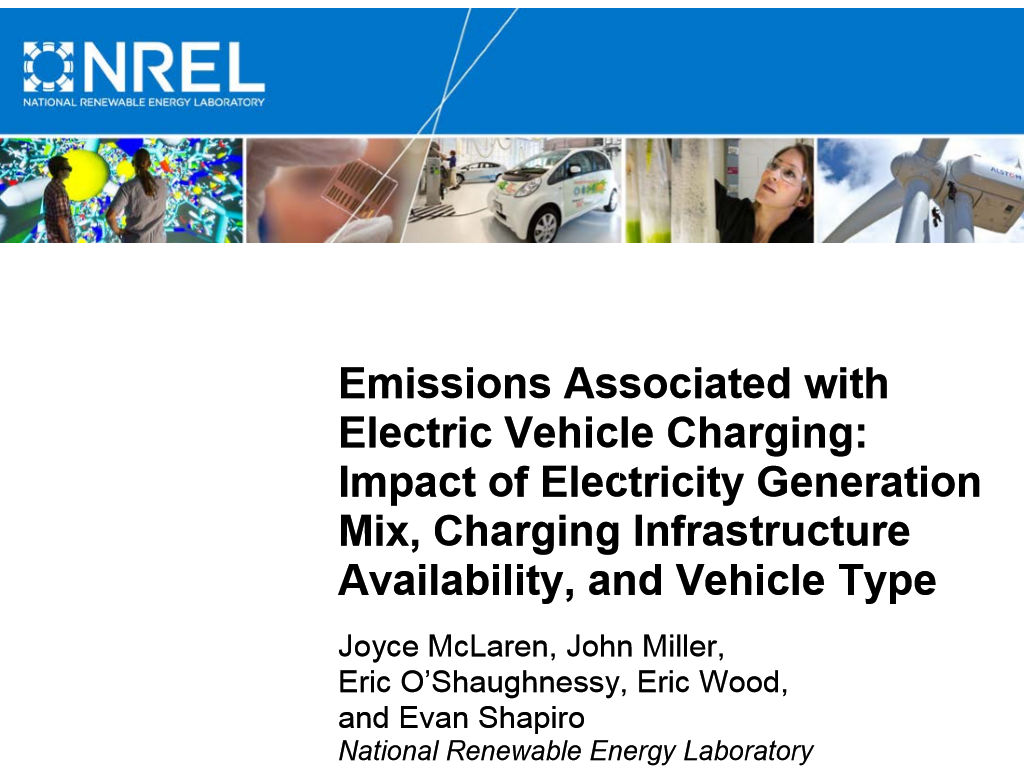With the aim of reducing greenhouse gas emissions associated with the transportation sector, policy-makers are supporting a multitude of measures to increase electric vehicle adoption. The actual level of emission reduction associated with the electrification of the transport sector is dependent on the contexts that determine when and where drivers charge electric vehicles. This analysis contributes to our understanding of the degree to which a particular electricity grid profile, vehicle type, and charging patterns impact CO2 emissions from light-duty, plug-in electric vehicles. We present an analysis of emissions resulting from both battery electric and plug-in hybrid electric vehicles for four charging scenarios and five electricity grid profiles. A scenario that allows drivers to charge electric vehicles at the workplace yields the lowest level of emissions for the majority of electricity grid profiles. However, vehicle emissions are shown to be highly dependent on the percentage of fossil fuels in the grid mix, with different vehicle types and charging scenarios resulting in fewer emissions when the carbon intensity of the grid is above a defined level. Restricting charging to off-peak hours results in higher total emissions for all vehicle types, as compared to other charging scenarios.
Preview the report here:
 Loading...
Loading...
More About this Resource
Publisher: National Renewable Energy Laboratory
Date: April 11, 2016
Type: Research Reports
Countries: United States
States: None
